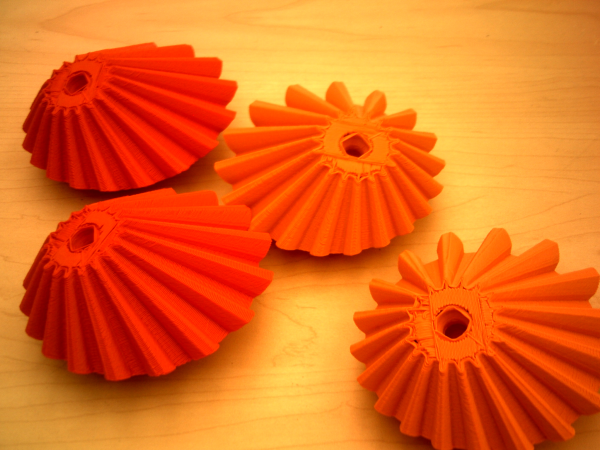Will the future be crowd-sourced? Open Source Appropriate Technology
Will the future be crowd-sourced? Open Source Appropriate Technology
Arti Agrawal
I recently came across an article on Open Source Appropriate Technology (OSAT). How did I never think of this myself? Why have I never heard or read about it before? OSAT is all about developing technology in an open source environment (similar to Free and Open Source Software – or FOSS) keeping in mind the social, economic, political, environmental, ethical and cultural needs of the society for which it is developed. What this really translates to is developing technology that is.
- Available freely to all
- Relies upon peer review for development (reviewers improve it and make these improvements freely available)
- Is for sustainable development
- Makes use of affordable resources easily available to local communities.
Some simple examples (but powerful in their utility) include designs for making rain barrels to recycle rain water, solar chargers and panels, transport cases for insulin, wind turbines and others.
What appeals to the scientist in me about OSAT is this simple logic: when people across the world are allowed to contribute and improve technology without restrictions, we are effectively operating a human supercomputer. So talented and smart people who have hugely diverse ways of thinking all contribute upgrades in the bits of the technology that they are especially skilled at of their own motivation. This diversity and freedom means the process of improvement can provide a huge output, probably on the lines of a non-linear function.
This trumps the efforts of big organisations that hire hundreds of thousands to develop technology: even a giant multinational firm cannot compete with the ingenuity of billions of people collaborating. The citizen in me finds OSAT brilliant because this is a tangible way to apply technology to improve lives and to not be solely dependent only on governments or on big projects to achieve socioeconomic progress. The internet is in some ways a FOSS product, and it has provided us the means to connect people over and above geographical barriers.
Surely then we can use the FOSS approach to overcome other barriers to human wellbeing. Appropedia is a website dedicated to doing just that, while you can read more about why OSAT is important here.
OSAT has touched the lives of the scientific community in the last few decades in other ways as well. Green open source publishing (making available papers freely through university and other online repositories) or archives like arXiv.org are a way to make science available to the larger community freely and invite people to contribute their intellectual efforts. Citizen Science projects like mapping the craters on the moon’s surface, finding sun spots, classifying shapes of galaxies, analyzing cancer data (see zooniverse for all of these) have brought people together in big science projects and again the success of these has surprised and energised people.
There are challenges associated with OSAT which have prevented it from becoming as large as it can so far: transferability of technologies has not been easy limiting their use and insufficient funding and institutional support. With optics we are in the position to revolutionise OSAT and take it to the next level by addressing some of these obstacles.
The technology of additive manufacturing or 3D printing makes it possible to literally print out all kinds of devices at low costs. These can be used in solar energy, medical devices, electronics, research, recycling waste and many others. Where devices or parts may be expensive and difficult to obtain, time consuming to source, once the 3D designs are available free on sites like thingieverse, people can simply print out a low cost replica efficiently at a local printer and get on with their work! The technology (be it a rain barrel, solar charger or a turbine) is far more accessible (and thus transferable) to local communities at a cost which they can afford, in a timely manner. This also to some extent reduces the dependence of communities on institutional support to achieve progress.
As a new convert to OSAT but an old fan of collaborative endeavor I hope that this technology is here to stay!
Arti Agrawal also writes a Science blog, http://artiagrawal.wordpress.com and is a Lecturer of Photonics at City University London

Image credit: 1sfoerster Creative Commons Attribution-Share Alike 3.0 Unported license
